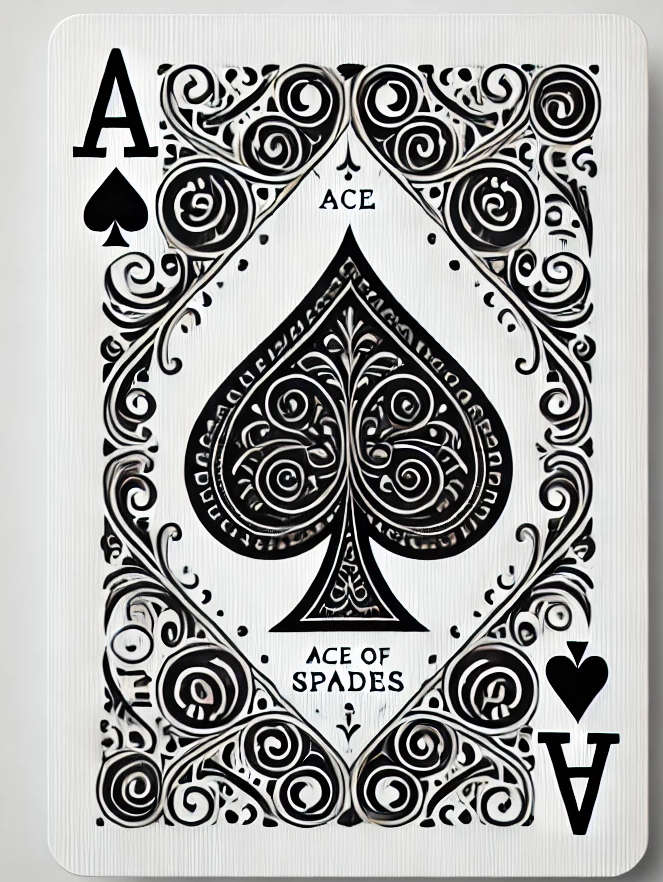You sit there at the baccarat table in Las Vegas, and an older dealer talks about the late Aussie Billionaire Kerry Packer who played high stakes in the 80s and 90s. They will talk about how he kept winning, and almost bankrupted a few casinos. But ask how he did it, and you get a blank stare. But play more, and eventually you will hear more information. The following information may or may not be correct. It may be bro stories mixed with bro science, and combined to make some sense. But, it may, just maybe represent the truth of what happened.
It is said by this increasingly hypothetical Las Vegas Baccarat dealer that he was accompanied by some smart people who created an applied chaos theory method that allowed him to take advantage of streaks, and to exit streaks without significant loss.
Chaos Oscillator Baccarat System
Game: Baccarat (8-deck shoe, hand-dealt, high-limit tables).
Core Idea is to use a chaos theory-derived oscillator to detect when a shoe’s outcomes (Player, Banker, Tie) shift from random noise into a predictable “attractor state” (a temporary pattern). Once this state is identified, the play is to then bet heavily until the oscillator signals chaos resuming.
How It Works (allegedly)
Attractors: In chaos theory, complex systems can settle into temporary stable states—e.g., a streak of Bankers—before flipping to disorder. Transitions between states are tracked via a metric like Lyapunov exponents (measuring stability) or entropy (measuring disorder).
This is distilled into a practical “oscillator”—a running tally of outcomes that flags when randomness gives way to order, and back.
- The Oscillator Setup:
- Tracking: Record each hand’s result—P (+1), B (-1), T (0)—in a shoe (416 cards, ~60-80 hands). Sum over a sliding window (e.g., last 10 hands).
- Formula:
- Oscillator Value (OV) = |Σ(P – B)| / N, where N = window size (10).
- E.g., P-P-B-P-B-T-P-B-P-P = +1+1-1+1-1+0+1-1+1+1 = +3. OV = |3| / 10 = 0.3.
- Thresholds:
- OV < 0.4: Chaos—random noise, no pattern.
- OV ≥ 0.6: Attractor—strong surge (e.g., Player dominance).
- Bonus: Run length variance (e.g., 2, 1, 3 vs. 1, 5, 1) as a chaos check—low variance = stable, high = breaking.
- Pattern Lock Detection:
- Surge: OV hits 0.6+—e.g., 7 Ps, 3 Bs in 10 hands = +4, OV = 0.6. Variance stays tight (e.g., runs of 2, 1, 2). This signals a “strange attractor”—a shoe stuck in a groove, likely from clumping or shuffle bias.
- Why: Baccarat’s 44.6% P, 45.9% B, 9.5% T odds should balance, but imperfect shuffles (1980s tech) create runs—e.g., 10s cluster (Banker) or 7-9s clump (Player).
- Betting Strategy:
- Entry: At OV ≥ 0.6, bet big—$200k-$300k on the surge side (P if +6, B if -6). Packer’s bankroll could handle 10-hand swings.
- Ride: Keep betting while OV stays 0.5+ and variance < 1.5—e.g., 5-15 hands of P dominance (60-75% hit rate).
- Exit: Stop when OV drops below 0.4 or variance spikes (e.g., runs go 1, 4, 1)—chaos returns, pattern’s dead.
- Hit-and-Run: Cash out after dead pattern.
So is this legal?
Short answer: Yes.



